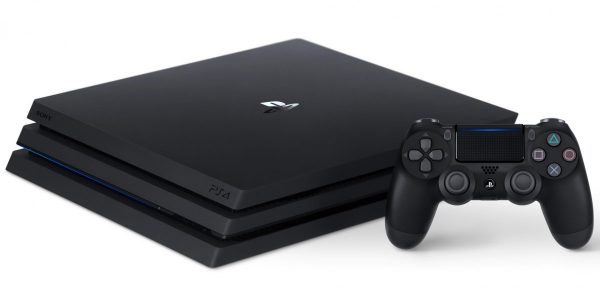
Recently, I felt like my computer was running a bit slow whenever I had multiple applications open. So, I decided to purchase an extra 8GB of RAM. I paid about $60, received the part in a couple of days, plugged it in, and my problem was solved.
It was a simple problem that was easily resolved through an even simpler fix. Of course, that’s because it was a PC problem. If I had that same problem with my console, I would be essentially helpless to really do anything.
For years, the process of updating a console’s fundamental hardware has been a warranty violation at best and impossible at worst. There was a time when that policy made sense. During the time of the NES, for instance, most people wouldn’t have had the knowledge or resources to upgrade a console. The technology and culture were different.
Now, however, someone with no knowledge of components and a limited budget can build a PC from scratch if they want to. There are websites that tell them where to purchase every necessary part at the best price, videos that walk them through every step of the process, and a world of free help out there in case something goes wrong.
Despite these changes, console upgrade processes and policies are still in the Dark Ages. You can technically swap out some parts in a PlayStation 4 or Xbox One, but if you’re looking to do anything more than install a new hard drive, you’re going to deal with an incredibly difficult process that might result in a broken console the manufacturer refuses to do anything about. As such, few people bother with the entire ordeal.
Why is that still the case? Why are console gamers limited to upgrades once ever few years or so when the manufacturer decides to ship a new system? Why can’t the process of simple hardware upgrades like RAM and system fans be made easy?
As the years go on, it becomes more and more apparent that the answer to that question is, “money.”
Manufacturers seem to fear that if they let users replace certain console parts, then those same users will just no longer buy new consoles. Since these manufacturers don’t make individual parts, they don’t want to risk losing out on long-term income.
That argument makes sense, but it assumes that everyone would buy replacement parts. They wouldn’t. Actually, the amount of console owners that would continue to upgrade their own consoles might not be that high of a percentage.
Besides, that’s not the point. The point is that Sony and Microsoft are beginning to develop devices aimed at “hardcore” gamers who care about things like high-end technology. The problem is that many people in that group are the percentage who would upgrade their consoles if they had the option to do so.
Sony and Microsoft can only try to cater to that crowd for so long before those gamers start to ask questions about why it is they are limited to what manufacturers provide them for years as at a time. The company that starts to answer those questions with something more than “because that’s the way it is” might find themselves with a huge market advantage.












